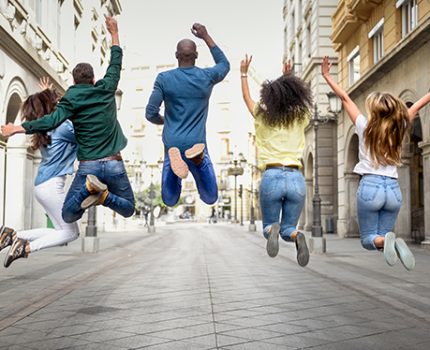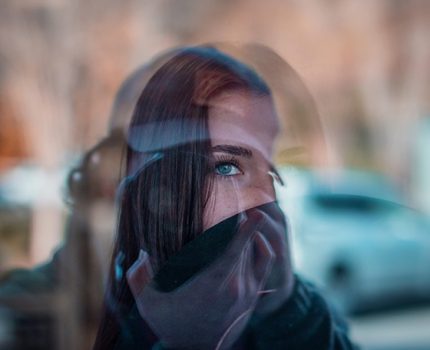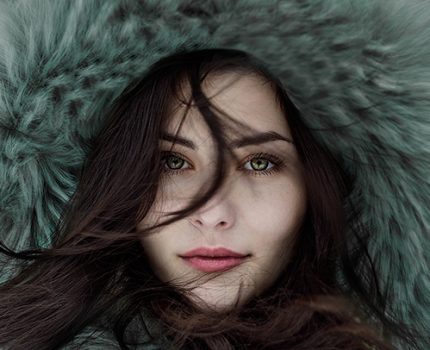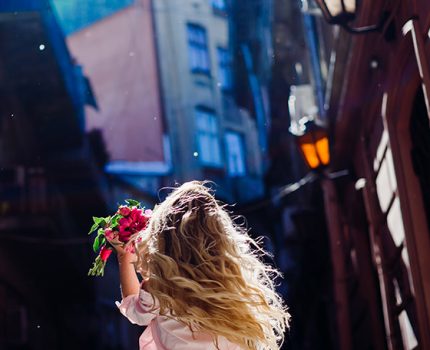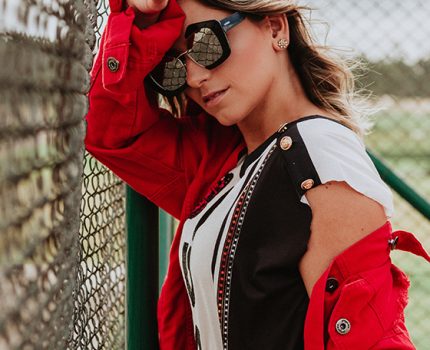The Art of Costume Design: From Sketch to Screen
Costume design is crucial for storytelling, turning charactersCostume design is crucial for storytelling, turning characters meticulous creativity, research turning characters into vivid realities through meticulous creativity, research, and practicality. It begins with understanding the script and director’s vision, followed by character analysis and historical research. Designers create sketches capturing each character’s essence, then move to pattern making and fabric selection alongside tailors. The process involves fittings and accessory selection, ensuring costumes are functional for actors. On set, consistency is maintained despite challenges like script revisions. A well-designed costume enhances emotional depth, subtly communicating time, place, and character journeys. Costume design bridges imagination and reality, enriching cinematic experiences.


